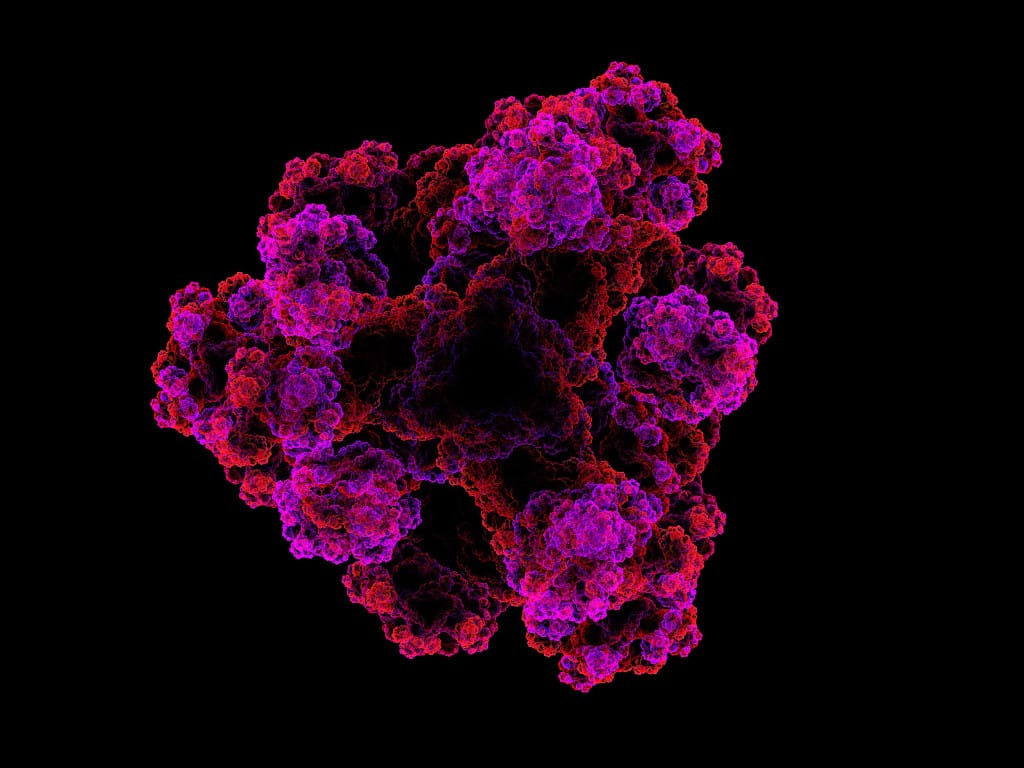Proteins Stabilized Outside Body, in Synthetic Environment for First Time
Natural proteins combine a range of useful features, including chemical diversity, the ability to rapidly switch between preprogrammed shapes, and a hierarchy of structures. But the catch is, they’re too sensitive to be useful in the outside world.
Now, a team from UC Berkeley has figured out a way to keep them alive and functioning in a synthetic environment, and used them to make mats that can break down toxic chemicals.
The new study shows a path toward exploiting the power of proteins outside of the cell by demonstrating a unique way to keep proteins active in synthetic environments. The materials presented in the study could enable on-demand biochemical reactions, such as in war zones or contaminated sites, where they were once not feasible.
“We think we’ve cracked the code for interfacing natural and synthetic systems,” said study author Ting Xu, a Berkeley professor in the Department of Materials Science and Engineering and the Department of Chemistry, whose lab led the work. “Proteins have very well-defined statistical pattern, so if you can mimic that pattern, then you can marry the synthetic and natural systems, which allows us to make these materials.”

The end result of these analyses was the creation of random heteropolymers (RHPs). They contain four connected types of monomers; their chemical properties were designed to interact with proteins of interest. They mimic an unstructured natural protein and enable protein membrane folding and activity. Many molecular simulations were run to make sure that these structures would act the way that they were intended.
The team further combined RHP with a protein called organophosphorus hydrolase (OPH), which degrades the toxic organophosphates found in insecticides and chemical warfare agents. The resultant was used to make mats that was capable of degrading an amount of insecticide weighing approximately one-tenth of the total fiber mat in just a few minutes. This opens the door to the creation of larger mats that could soak up toxic chemicals in places like war zones.
Their approach should be applicable to other enzymes and other materials, Xu said, opening the door to the creation of portable chemistry labs for solving different environmental problems.
































